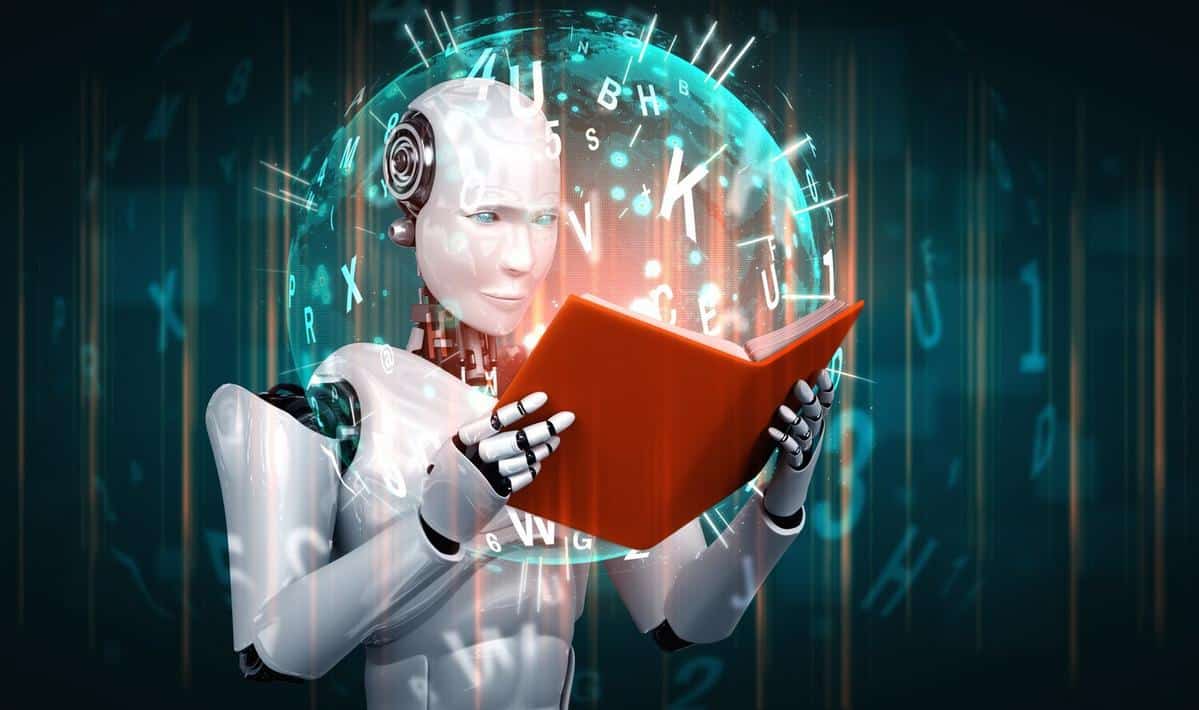
AI in Education: How Artificial Intelligence is Shaping Learning
Artificial intelligence (AI) is revolutionizing various sectors, and education is no exception. As AI technologies continue to evolve, they are transforming the way students learn and educators teach, offering new opportunities for personalized and efficient educational experiences.
AI in education is more than just a trend; it’s a paradigm shift that’s reshaping how we approach teaching and learning. From personalized learning paths to intelligent tutoring systems, AI is providing innovative solutions that cater to individual student needs.
Transformative Power of AI in Education
AI-driven tools have the potential to personalize learning experiences in unprecedented ways. According to a report by EdSurge, adaptive learning technologies, which are powered by AI, can analyze student performance in real-time and adjust the curriculum accordingly. This allows educators to address each student’s strengths and weaknesses more effectively.
“The integration of AI in education is about enhancing human capabilities, not replacing them,” says Dr. Lisa Thompson, a renowned educational technologist.
Statistics Highlighting AI’s Impact
Research indicates that AI in education is expected to grow at a compound annual growth rate (CAGR) of 45.12% from 2020 to 2026, according to MarketsandMarkets. This growth is driven by the increasing demand for personalized education and efficient administrative processes.
Real-World Examples
Consider the case of John, a middle school student who struggled with math. Through an AI-powered tutoring app, John received personalized lessons that adapted to his learning pace, leading to significant improvement in his math skills. Such examples demonstrate how AI can make a tangible difference in students’ academic journeys.
Practical Tips for Educators
- Embrace AI tools: Integrate AI-driven platforms to tailor educational experiences for your students.
- Stay informed: Keep up with the latest trends in EdTech to understand how AI can be leveraged in your teaching methods.
- Collaborate: Engage with other educators to share insights and strategies for implementing AI in the classroom.
Comparing AI Tools for Education
| Tool | Features | Benefits |
|---|---|---|
| AI Tutoring Systems | Personalized feedback, adaptive learning paths | Improves student performance |
| Virtual Classrooms | Real-time interaction, resource sharing | Enhances engagement |
| Grading Software | Automated grading, analytics | Saves time for educators |
| Educational Bots | Answer questions, provide resources | Immediate student support |
| Curriculum Design Tools | Data-driven insights, customization | Improves curriculum relevance |
| Speech Recognition Tools | Transcription, language learning | Supports diverse learning needs |
| Gamified Learning Platforms | Interactive lessons, progress tracking | Increases motivation |
| Research Tools | Data analysis, visualization | Enhances research quality |
Frequently Asked Questions
How does AI personalize learning?
AI personalizes learning by analyzing student data to adapt the curriculum and provide resources that match individual learning styles and paces.
Can AI replace teachers?
No, AI is designed to support teachers by automating administrative tasks and providing insights, allowing educators to focus more on teaching and student interaction.
What are the benefits of AI in education?
AI offers personalized learning experiences, efficient administrative processes, and innovative educational tools that enhance both teaching and learning.
Conclusion
AI is undoubtedly a powerful tool that is shaping the future of education. By harnessing its capabilities, educators can create more engaging and effective learning environments. As AI continues to evolve, the possibilities for enhancing education are limitless. Embrace these innovations and explore how they can benefit your educational practices.


